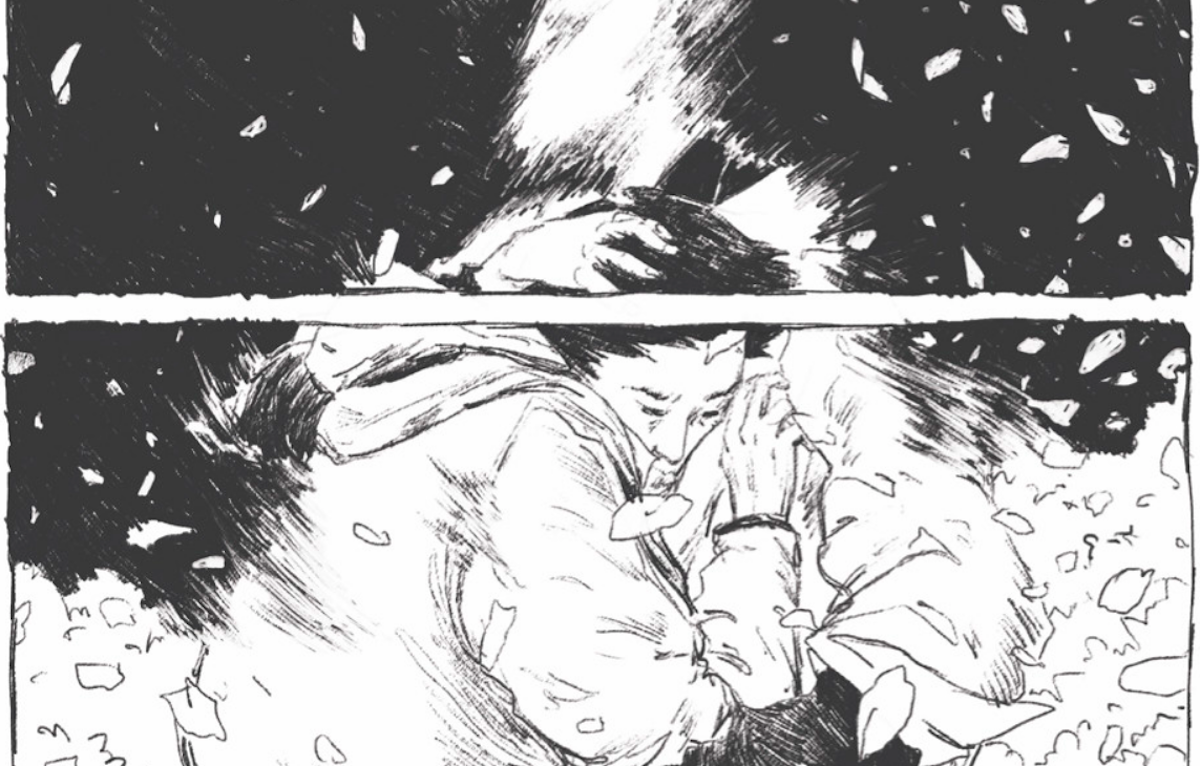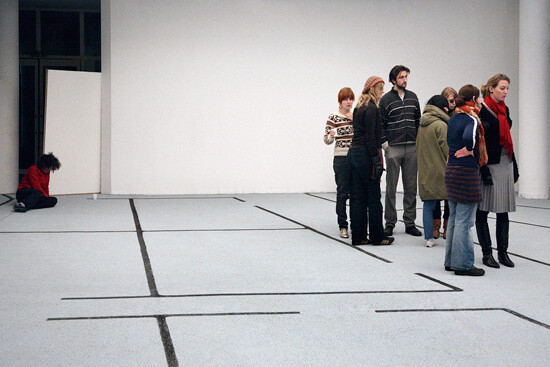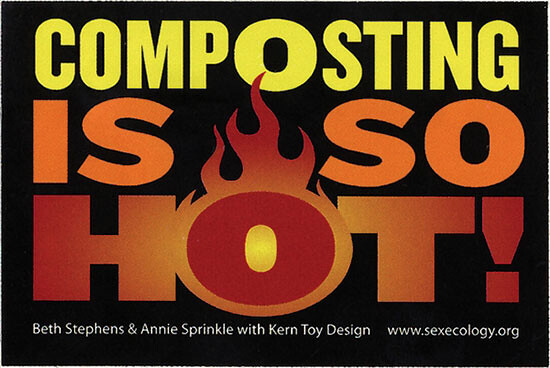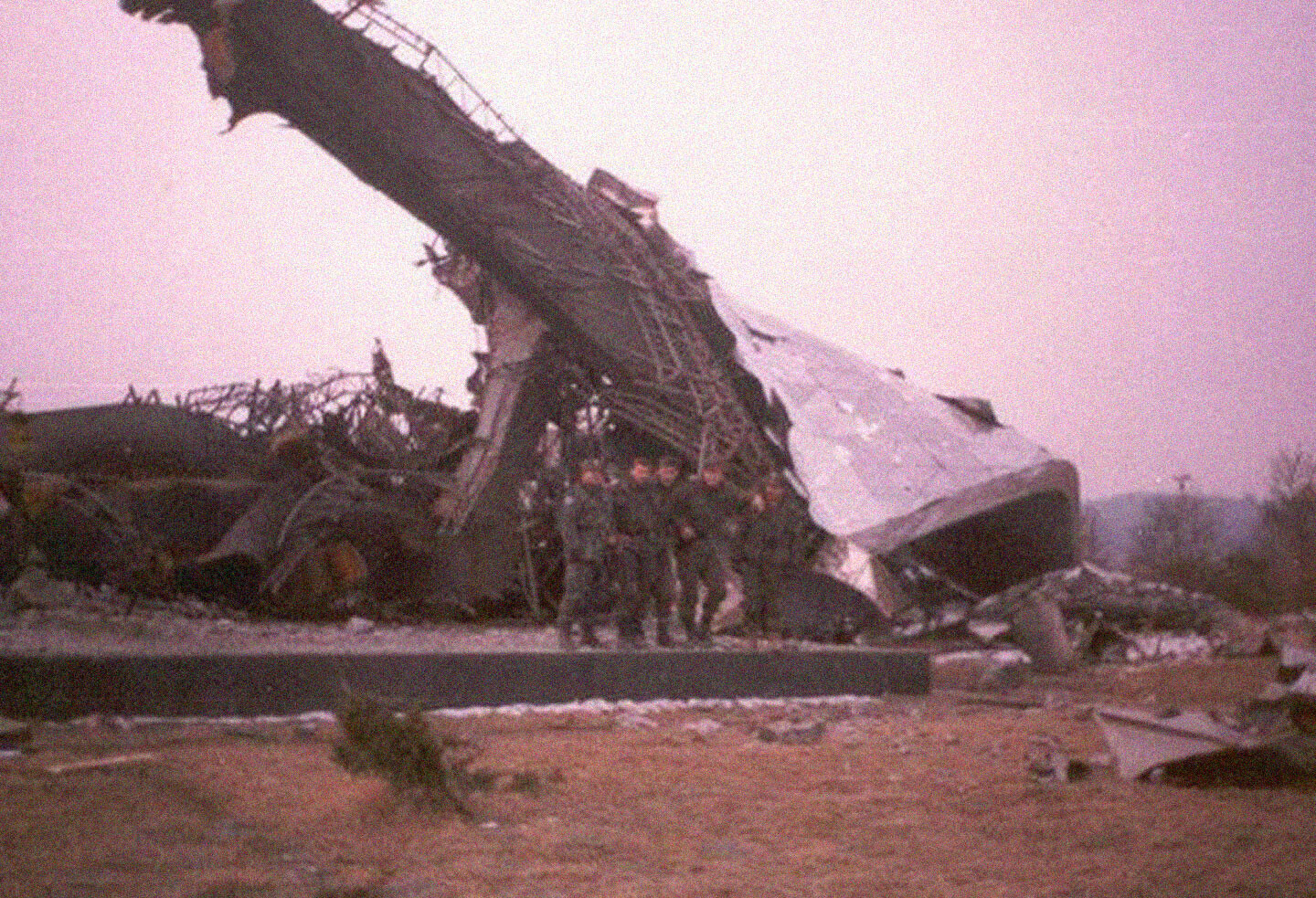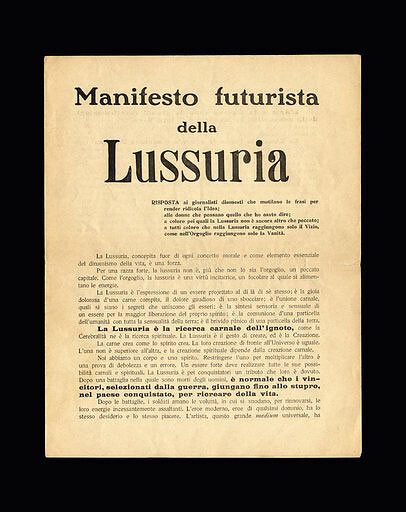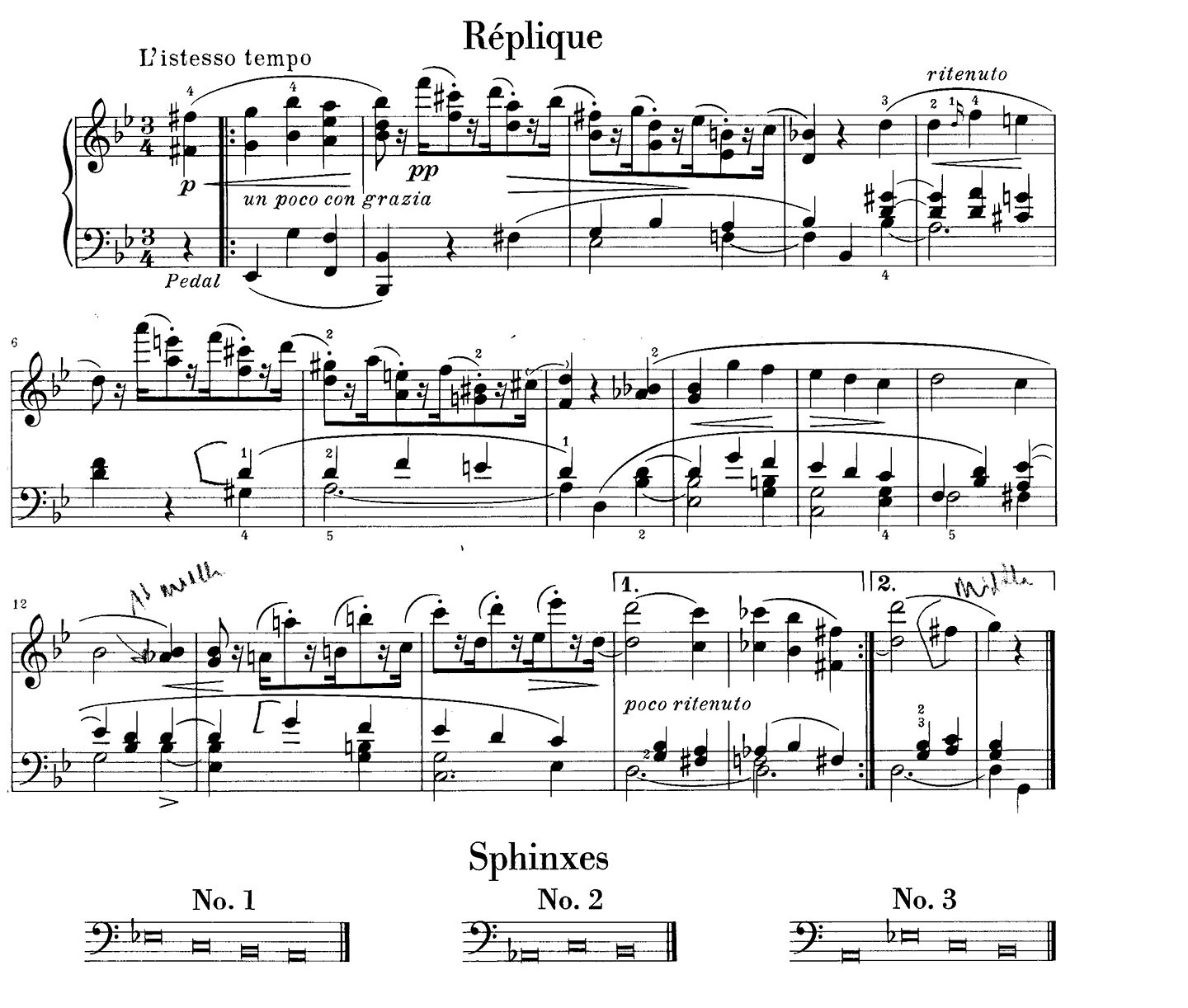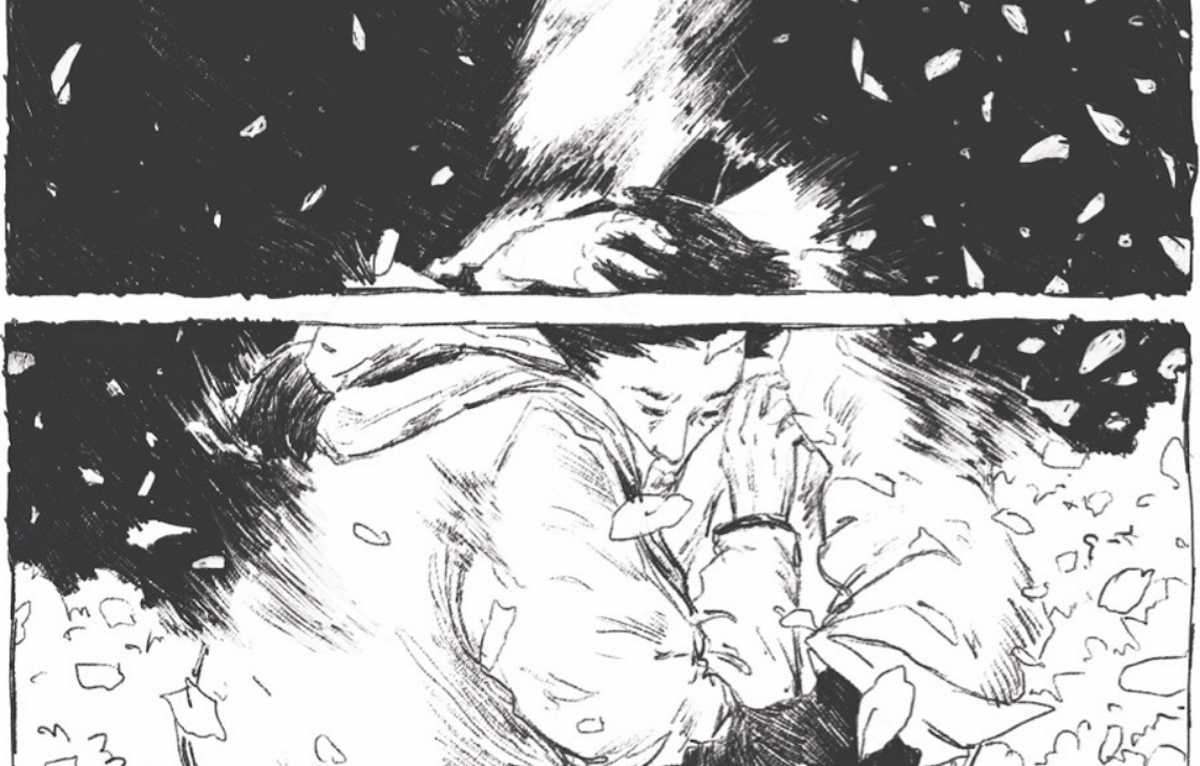BloodBlooms
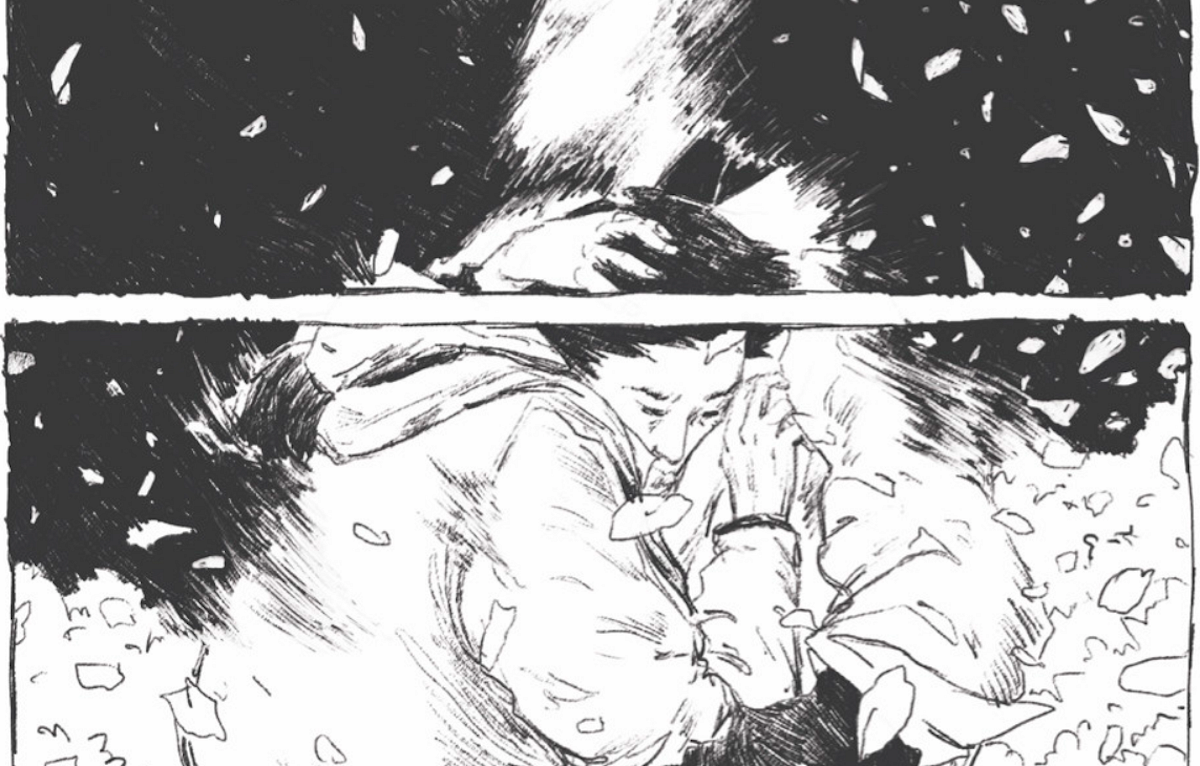

A situation as the one we currently find ourselves influences a kind of stasis—a crippling in limbo. Despite this, large portions of financial, cognitive and social means are now collectively redirected into moving the world from now to normalcy. But a normal world—whether a vision of the world before or a world after—is not the total absence of some kind of plague. The abnormality of the time of Covid-19 is the urgency it induces, and the immediate consequence of its presence. Like the story of Oran in Albert Camus’s The Plague, such transitory times allow contemplation for a deeper diagnosis that can reconstitute the after. What else, for the time, is worth assessing and reassessing?
The following essays might prime and remind us.
Infused with an adverbial ideal of acting, feeling, and thinking modeled on the experience of an electric shock, the modern individual who struggles to escape gentrification is indeed no longer moved by what remains the same. They have lost their interest in fixed identities; what does not vary receives scant notice: an indefinitely repeated act, typical of the standardized world of work, seems intolerable to them. The very idea of eternity makes them yawn; marble leaves them cold. Everything that denies life and the musical variations that compose it breeds impatience: perfection and the absolute appear to them like an ontological flaw, an inability to become something else, the result of a serious intensity deficiency. The supreme objects of religious contemplation and wisdom strike them as extraordinarily flimsy. They love music for the changes, with repetition a taste of hell to come. Like Kierkegaard’s hero, they demand the possible or else they suffocate, and not only then; as soon as they are forced to recognize what they know, they gasp for air. What stays the same makes no difference to them. They need either less or more. They would rather change their mind even if the outcome is uncertain than stick to established certainties. Endlessly curious, they are ready to taste pain just as much as pleasure, as long as there is some change and movement, and the sound of being alive—melodious or dissonant—can be heard.
“Oblivion” is too normal a term for what was and still is happening in “post-communism,” in that famous “transition” to primordial, predatory, or Raub capitalism without a human face in the whole of the ex-Soviet bloc plus Yugoslavia. The counterrevolutions may have in some cases (not in most of ex-Yugoslavia) been velvet ones, but for the most part they always had an iron fist consisting of military violence and financial reengineering toward scarcity and dependence on private funding: in brief, a violence dependent on tanks and banks.
The word “propaganda” originates from biology, literally referring to the reproduction and duplication—the propagation—of plants and animals. In this time of catastrophe on earth and corporate and nationalist schemes to export that very same catastrophe to other living worlds, Haraway’s rethinking of propaganda offers a precondition for collective survival and the perseverance of new socialist forms of living. Neo-constructivist, cosmist, and assemblist training camps and biospheres: these are the terms for a morphological vocabulary of a hyperempathic propaganda art that makes living worlds of comradeship in deep past, deep present, and deep future imaginable and realizable.
Some scenes you never return from the morbid imagining of, like the love song of Martin Heidegger and Hannah Arendt, even if you know that neither the task of universal good nor the project of demolishing evil (including current evil) will be moved ahead a millimeter by morbid fantasies. I need to figure out what to do with my treasured, honed perversity and the tradition (from the Marquis de Sade through Genet, Hervé Guibert, and Foucault) that celebrates perversity and finds revolutionary seeds in it. What will you do with those seeds right now? Are they stale in the hand? Will perversity help us now?
